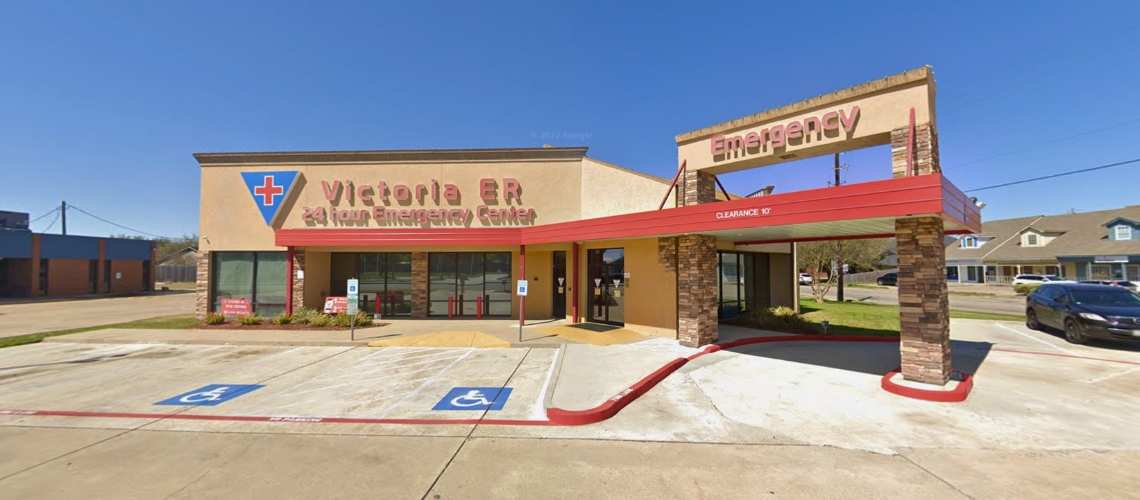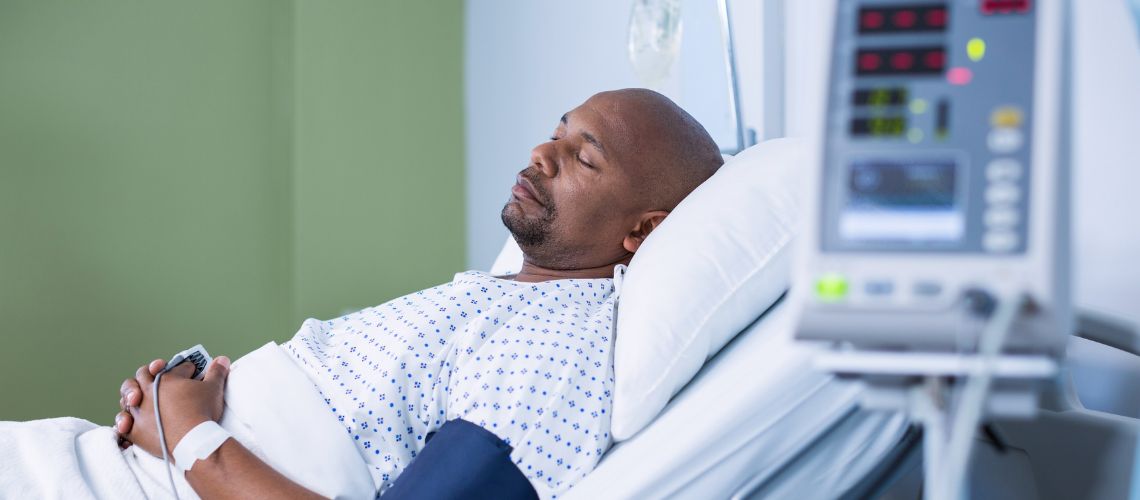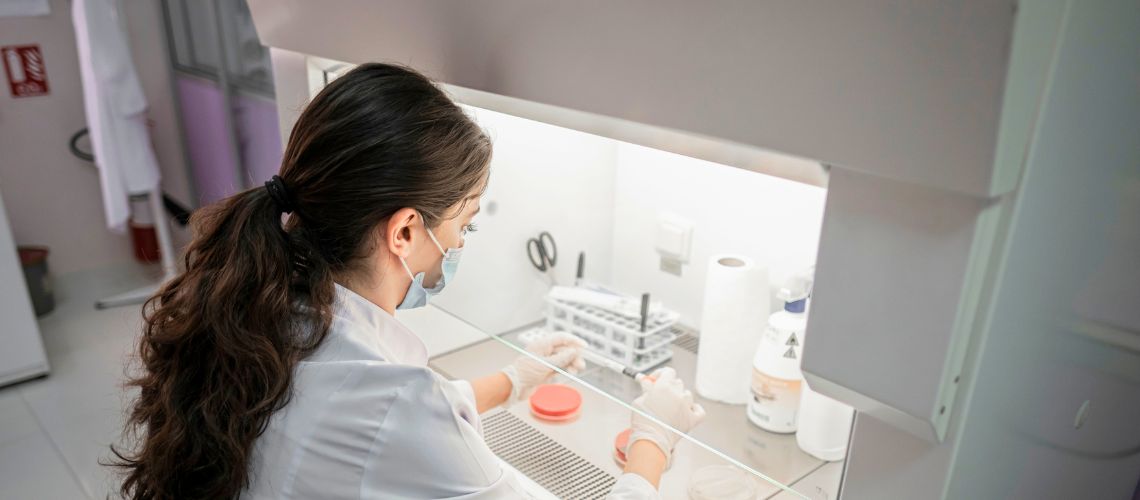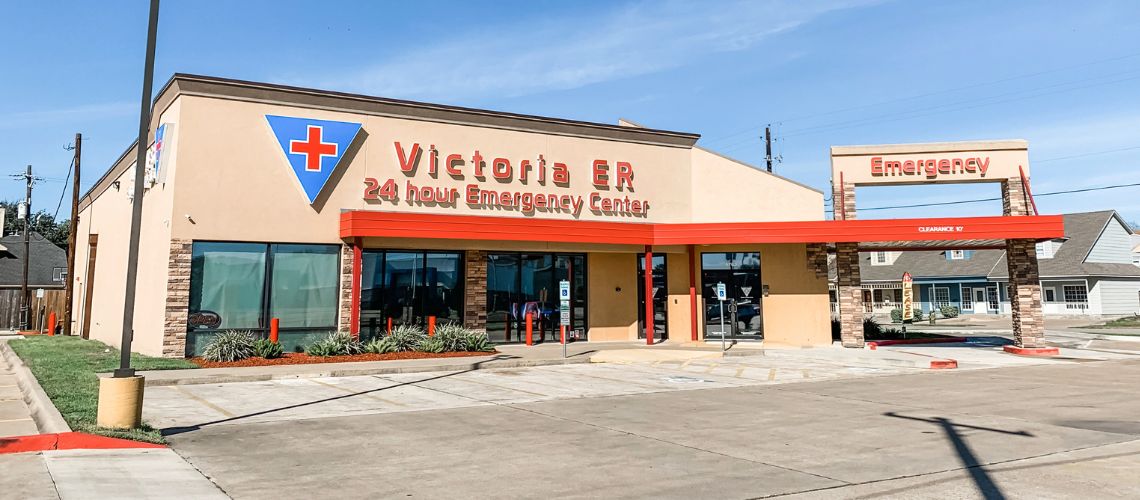Latest News from Victoria Emergency Room



New Year, New Goals: When to Visit the ER for Exercise-Related Muscle Strains

Common Childhood Illnesses: Symptoms, Treatment, and Prevention
Childhood is a time of exploration, growth, and development. However, it is also a period when children are particularly susceptible […]

The Benefits of IV Therapy
Intravenous (IV) therapy has gained popularity for its ability to deliver essential vitamins, minerals, and fluids directly into the bloodstream, […]

Slips, Trips, and Falls—Common Causes and Risk Factors
Slips, trips, and falls are among the most common accidents leading to emergency room visits. Whether at home, work, or […]

Understanding Headaches: When to Seek Emergency Care
While typically not seen as urgent, headaches can be the first clue to deeper health mysteries. From the subtle throb […]

Understanding Abdominal Pain: A Comprehensive Guide
As seasoned emergency care providers at Victoria ER, we have handled numerous cases of abdominal pain, a prevalent symptom in […]

Recognizing the Signs of a Stroke: Act Fast for Better Outcomes
As a leading emergency care provider, we at Victoria ER prioritize educating our community about the critical importance of recognizing […]

Navigating 23-Hour Observation in the ER
In the dynamic realm of emergency medicine, certain healthcare scenarios demand a level of attention and observation that extends beyond […]

What Can an On-Site Laboratory Test for at Victoria ER?
In the realm of healthcare, the speed and accuracy of diagnostic tests are pivotal for effective medical decision-making. At Victoria […]

Unveiling the Comprehensive Services of Victoria ER: Your Trusted Freestanding Emergency Room
In the ever-evolving landscape of healthcare, the rise of Freestanding Emergency Rooms (ERs) has revolutionized the way we approach medical […]

